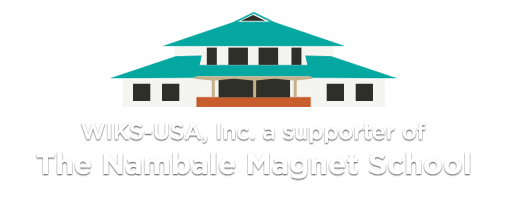The Need
The Need
While the number of AIDS-related deaths has declined (32% in Kenya between 2009 and 20131), the UN estimates that 1.1 million children ages 0 to 17 remained orphaned in Kenya due to HIV/AIDS in 20132. Millions more live in homes with family members who are ill or dying, and have no resources for school fees or supplies, and thus no access to education, the only route out of their impoverished existence. While economic growth in Kenya is improving, poverty alleviation remains a challenge; the problem is especially acute in rural Kenya where most of the country’s people live. The World Bank recognizes that “education is one of the most powerful instruments for reducing poverty and inequality and lays a foundation for sustained economic growth.3” A Pathways Out of Poverty study states that to improve the education of community members is one of the most important safety nets required by poor households in western Kenya.4.
In western Kenya, access to effective education is limited, leaving many children with little or no hope for a fruitful future. Support services for AIDS orphans are virtually non-existent. Their desperation is overwhelming. Before Nambale Magnet School, a child confided that she thought suicide might be the only solution to the problems of her life.
The Nambale Magnet School is the first residential and educational facility of its kind to address these issues in the Nambale District, where an estimated 10,000 children have been orphaned by the AIDS crisis. The school helps children who have at least modest extended family support; it offers a model of effective intervention and frees up civic resources to address the systemic issues.
How supported students are selected:
One mission of the Nambale Magnet School is to provide a home and education to the poorest of the poor in an area of Kenya where poverty is measured in caloric intake, not dollar income. Much attention is focused on the support of the “sponsored learners,” children so needy that, when they arrive at the school, they usually have only one piece of clothing and no shoes. These are the children whose families have been devastated by the HIV/AIDS crisis. Their need cried out to the Rev. Evalyn Wakhusama as she sought to understand how best to help those most affected by this crisis in her home region, where there were few services for children orphaned or made vulnerable by this scourge.
A great deal of thought goes into designating the supported students. First, the child’s remaining family, often distant cousins or grandparents, needs to submit an application and a very minimal application fee, about five U.S. dollars. This is to demonstrate at least a little organizational skill on the part of the extended family. Without that, the children would benefit little from the school.
The school’s Social Worker then interviews the guardians as to the child’s situation, using a 25-question assessment tool developed by the school. Each aspect of the prospective student’s life is rated on a scale of 1-4. For example, with reference to housing, a 1 means that a child had no place with a roof to sleep at night, while a 4 would be a permanent structure of any type, including mud with a straw roof and dirt floor. For food, a 1 means a meal two or three times a week, usually something as simple as corn porridge, and a 4 means three meals a day. Children are also evaluated for physical abuse, with a 1 meaning the child had been tortured, and a 4 meaning nothing worse than verbal abuse or food deprivation. For the question about adult guardians, a 1 means the child is passed from family to family and often has no supervision at all, and a 4 means that the child lives with at least one adult concerned for the child’s well being. And so on for 25 questions. The lowest score is a 25, the highest is 100. Most years, the supported students score between 40 and 50.
After the interview, a person who is not connected to the school goes to the village in which the child lives and visits the home to verify the information. The village leaders are also interviewed as a secondary check of the information. Sadly, the quality of the education at NMS is so good that many families would lie to get their child into the school.
These children are truly the poorest of the poor. It costs more to educate such a child because they come to the school with no resources – they often need medical and dental care, and additionally require assistance with clothing, school supplies – everything. Yet after three years in the school these children are excelling alongside their fee-paying classmates. This is why the school exists! We are helping to break the cycle of poverty, one child at a time.
1http://www.unaids.org/sites/default/files/media_asset/UNAIDS_Gap_report_en.pdf
2http://mdgs.un.org/unsd/mdg/SeriesDetail.aspx?srid=622&crid=404
3http://data.worldbank.org/topic/education
4http://www.fao.org/ag/againfo/programmes/en/pplpi/docarc/wp14.pdf

